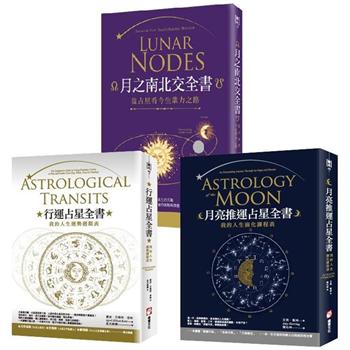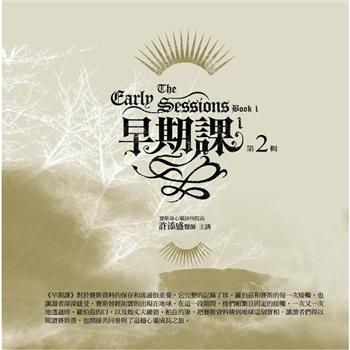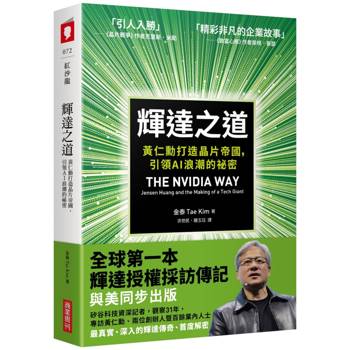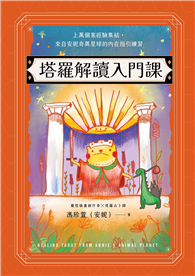The series Studies in Computational Intelligence (SCI) publishes new developments and advances in the various areas of computational intelligence 羅 quickly and with a high quality. The intent is to cover the theory, applications, and design methods of computational intelligence, as embedded in the fields of engineering, computer science, physics and life science, as well as the methodologies behind them. The series contains monographs, lecture notes and edited volumes in computational intelligence spanning the areas of neural networks, connectionist systems, genetic algorithms, evolutionary computation, artificial intelligence, cellular automata, self-organizing systems, soft computing, fuzzy systems and hybrid intelligent systems. Critical to both contributors and readers are the short publication time and world-wide distribution 羅 this permits a rapid and broad dissemination of research results.
The book provides strong evidence that research on the cognitive processes from arithmetic thought to algebraic thought should take into consideration the socio-cultural context. It is an important contribution to the literature on linguistic structure in comparative studies related to Chinese student mathematics learning.
This book not only makes a great contribution to research in mathematics education, the findings of this study also addressed insightful approaches and thoughts of understanding the development of algebraic thinking in cultural contexts for classroom teachers. Using written Chinese language from different theoretical references provided wonderful approaches for understanding student algebra cognitive development in a different way and calls educators for to pay special attention to an epistemological and linguistic view of algebraic development. The findings inform classroom teachers that the cultural context plays an important role in student learning mathematics. A typical analysis of the cognitive dimension involved in some in the historical and cultural contexts is a great resource for classroom teachers.
I really enjoyed reading this book and learned a lot from its compelling analysis. Shuhua An, Associate Professor and Director of Graduate Program in Mathematics Education, California State University, Long Beach
| FindBook |
有 1 項符合
European and Chinese Cognitive Styles and Their Impact on Teaching Mathematics的圖書 |
 |
European and Chinese Cognitive Styles and Their Impact on Teaching Mathematics 作者:Benedetto(EDT),Filippo(EDT)/Di Paola,Spagnolo 出版社:Springer Verlag 出版日期:2010-04-22 語言:英文 規格:精裝 / 267頁 / 1.9*15.9*23.5 cm / 普級 / 單色印刷 |
| 圖書館借閱 |
| 國家圖書館 | 全國圖書書目資訊網 | 國立公共資訊圖書館 | 電子書服務平台 | MetaCat 跨館整合查詢 |
| 臺北市立圖書館 | 新北市立圖書館 | 基隆市公共圖書館 | 桃園市立圖書館 | 新竹縣公共圖書館 |
| 苗栗縣立圖書館 | 臺中市立圖書館 | 彰化縣公共圖書館 | 南投縣文化局 | 雲林縣公共圖書館 |
| 嘉義縣圖書館 | 臺南市立圖書館 | 高雄市立圖書館 | 屏東縣公共圖書館 | 宜蘭縣公共圖書館 |
| 花蓮縣文化局 | 臺東縣文化處 |
|
|
圖書介紹 - 資料來源:博客來 評分:
圖書名稱:European and Chinese Cognitive Styles and Their Impact on Teaching Mathematics
|











